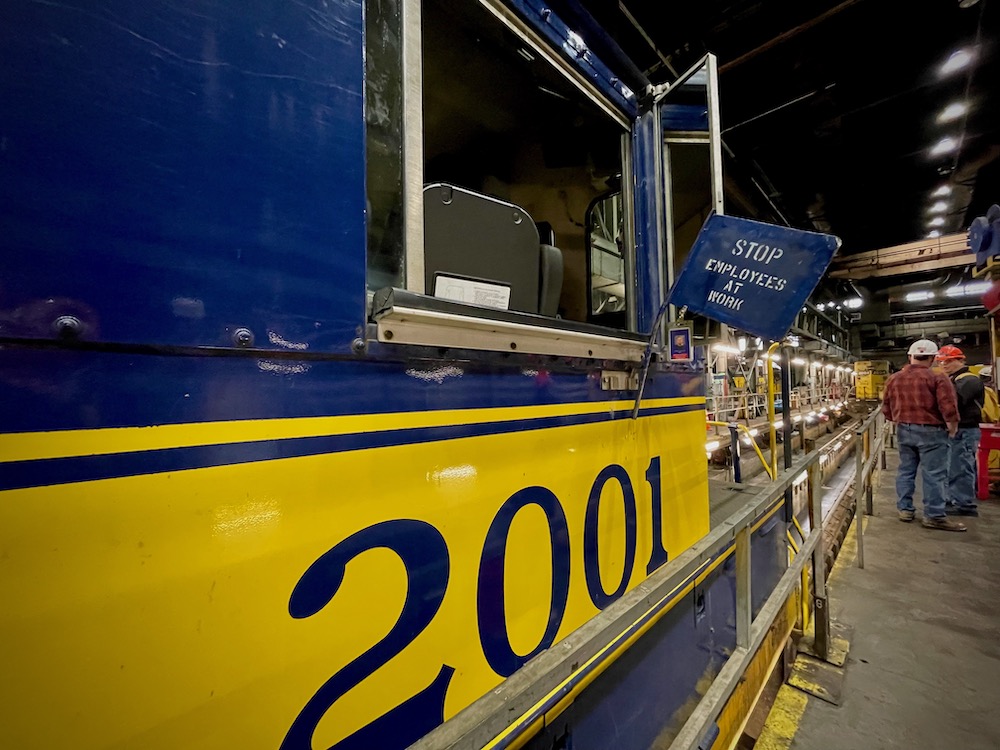
Blue flags protect workers. Here’s how they work.
A major consideration in railroad operation is the maintenance that must be done on the rolling stock and track if freight and passengers are to be transported in a safe and timely manner. To maintain cars and locomotives, workers must get on, in between, and under them. The workers are thus placed in a very hazardous environment — an unexpected movement of the rolling stock could lead to personal injury or death.
In recognition of this danger, the railroads have adopted blue flag/blue signal protection rules for employees.
Besides maintenance, equipment may be blue-flagged if it is part of a passenger train with cars being added or removed, if it is on display, or if it must be inspected after an unusual incident such as a derailment.
Types of blue flags and placement
Blue flag protection may consist of a blue-painted metal sign (actual flags are no longer used) of about 12 by 18 inches in size, or a steady burning or flashing blue light, or switch and derailment locks that can be opened only by keys assigned to designated employees. The blue flag metal sign generally has the word “stop” or a safety slogan painted on it in white.
A blue flag or signal displayed on or in front of a piece of rolling stock means that that piece of equipment may not be moved or coupled to. When placed on a car, the blue flag is positioned so it is at right angles to the track and extended for its full size beyond the edge of the car, making it plainly visible.
When protection is needed for a locomotive, two blue flags may be used. Both flags are placed at right angles to the track, but while one extends beyond the engine as on a car, the other extends inward to obstruct the engineer’s view from the cab. A blue flag may also be placed on the control stand in the cab. If two or more locomotives are coupled together a blue flag is put on each control panel. Blue signal lights may also be used.
What blue flags signal to workers
A blue flag or signal located between the rails signifies that no rolling stock may move past that point. In fact, no equipment may come within 150 feet of the flag or signal. In yards or service areas where speed is restricted to 10 mph, equipment may come within 50 feet of a blue flag.
To protect a stretch of track, as opposed to an individual piece of equipment, a derailer or switch locked in place by a blue flag lock signifies that that portion of track is closed to rail traffic. The lock may not be opened or the position of the switch changed. Often the switch or derailer so locked will have a blue flag or signal affixed to it.
A blue flag or signal is placed by a member of one of the repair crafts. Once put into position it may be removed only by the person who placed it or a member of the same craft. When a blue flag is to be removed from equipment or track, all personnel in the area must be notified of the plan to move it.
Under certain circumstances, a blue flag may be placed on a piece of rolling stock by a Federal Railroad Administration inspector if his inspection finds the equipment is unsafe to operate at any speed. The blue flag in this case may be removed only by the same or another FRA inspector.
A blue flag is also used to protect maintenance-of-way personnel working on track, especially in yard or service areas not under dispatcher control.
In yards with remote-control switches, blue flag protection is provided by lining the switches to prevent movement into the work area and then locking them in place. A separate subsection of rules governs the locking and unlocking of remote control switches under blue flag protection. The operator of the remote control switch console must maintain written records of the actions taken regarding the setting and removing of blue flag protection from switches under his control.
Violation of blue flag protection is one of the most serious rule infractions a railroad employee can commit. Disciplinary action for such a violation is suspension from duty, and sometimes dismissal.
Blue flag protection exists to give employees the confidence to put themselves in vulnerable situations while working on rolling stock with the knowledge that no one will move the equipment.
Charles H. Bogart is a conductor and director of safety for the Bluegrass Railroad Museum at Versailles, Ky.






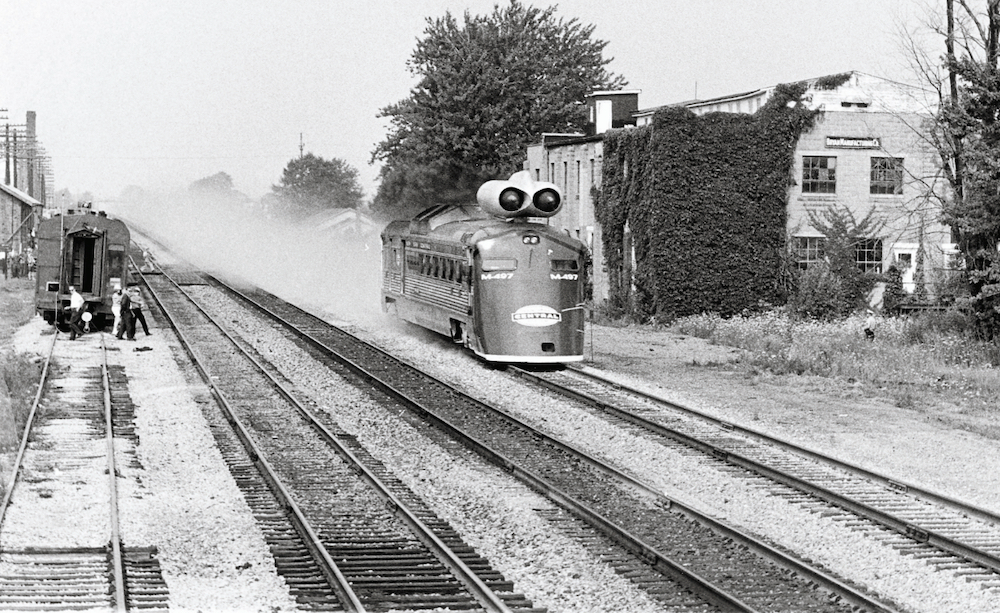
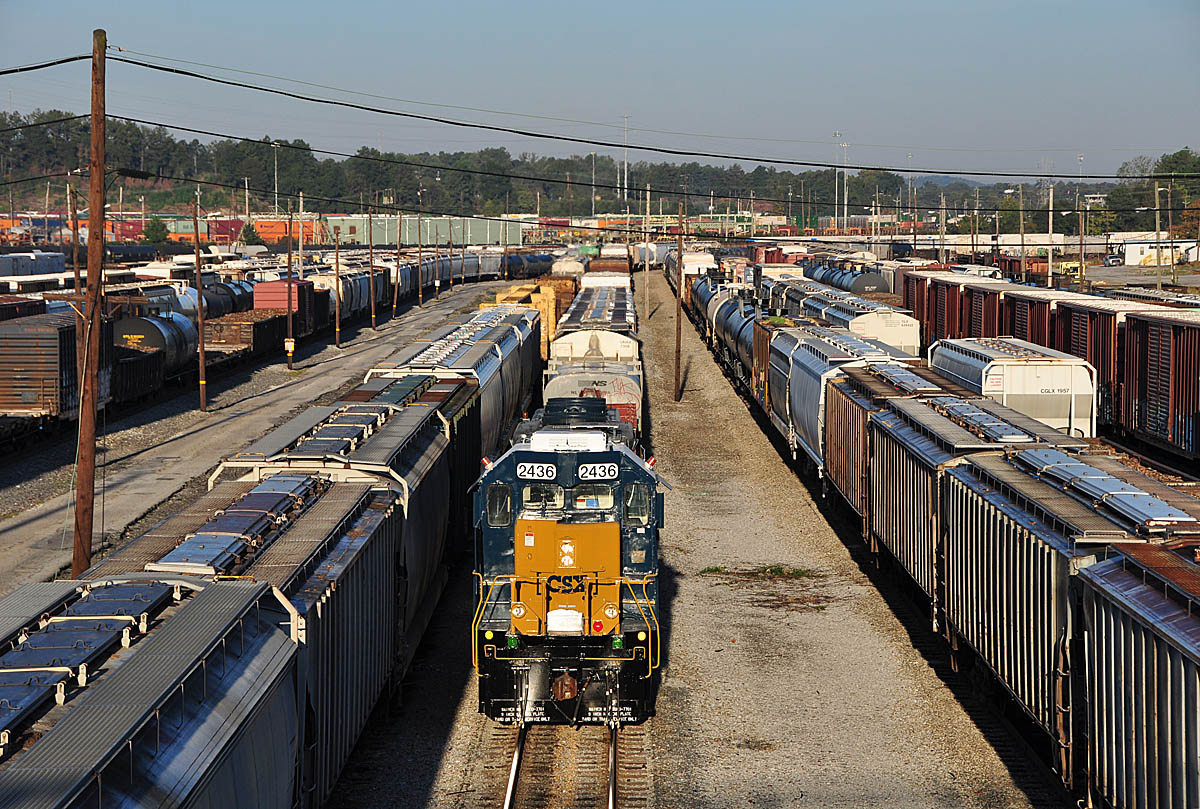
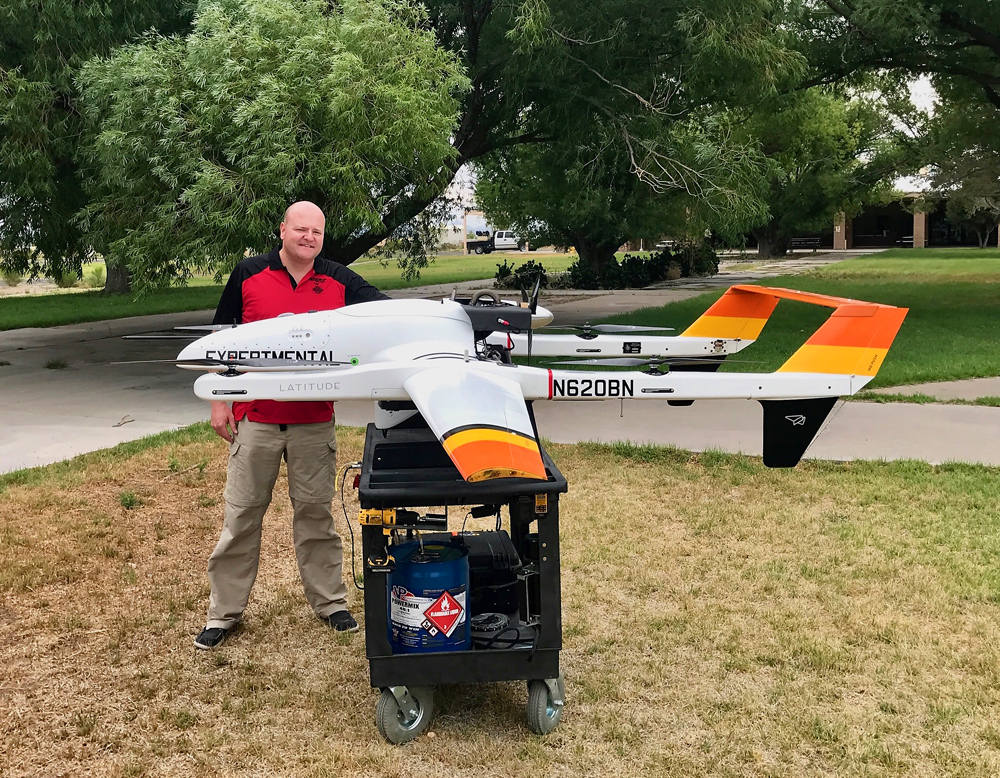
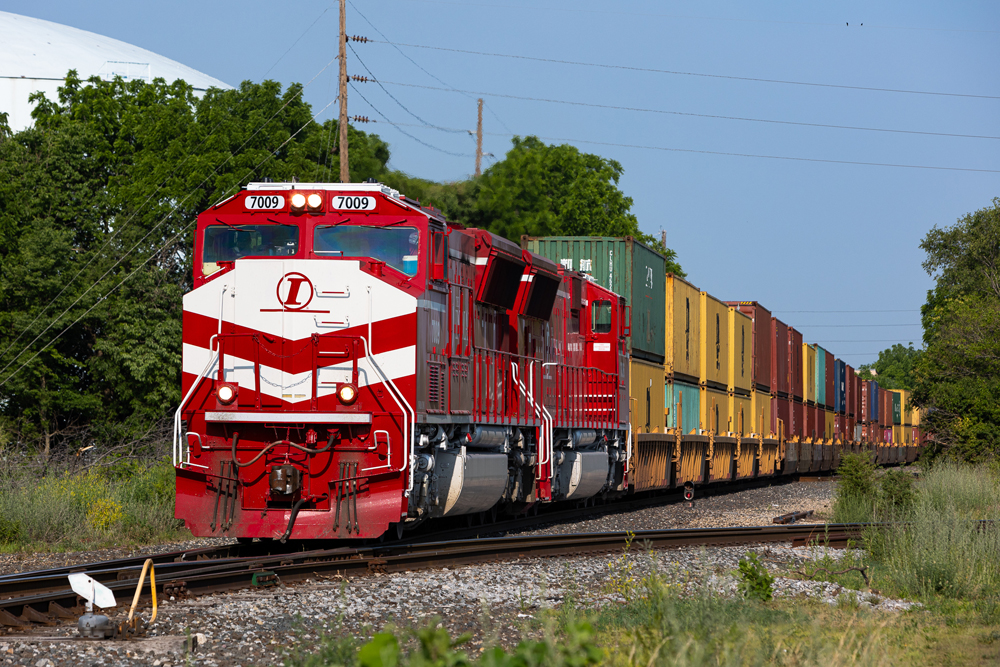




Can the blueflag process be used by non RR employe occupying a private caboose accompanying a schnabel car.